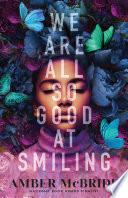
Each chapter in this impressive, informative read follows a female scientist influenced by Marie Curie while also sharing her astounding story. Marie's love of science still influences young scientists today, and her dedication to learning is infectious.
This book is well written and the perfect mix of science and personal reflections.



























